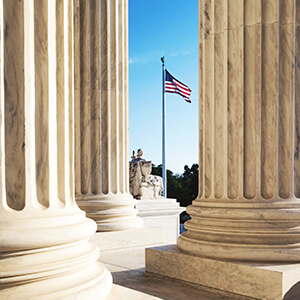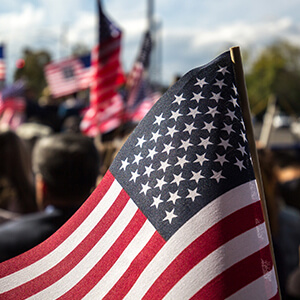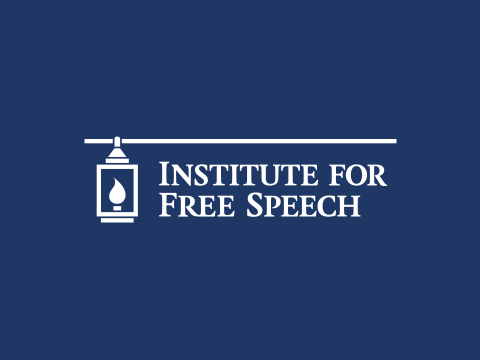The Real Truth About Obama (“RTAO”) raised four isues: 1) the constitutionality of the FEC’s regulation at 11 C.F.R. 100.22(b), defining “express advocacy” that may be regulated by the Agency; 2) the FEC’s regulation at 11 C.F.R.57(a), regulating contributions received in response to particular solicitations; 3)11 C.F.R. 114.15, regulating “electioneering communications” (certain broadcast ads mentiong a candidate within 60 days of elections, part of the 2003 McCain-Feingold law); and 4) the FEC’s use of what is known as the “major purpose” test to determine if a group qualified as a regulated “political committee.” For those not familiar with the law, it’s not necessary here to go into the details of these claims. While we are inclined to think that the Court got it wrong, the Court’s decision is not a rejection of RTAO’s position on any of these points.
Rather, the Court issued a narrow decision based on the difficult standard for obtaining a preliminary injunction, that is, legal relief before trial on the merits. The Court believed (probably correctly) that preliminary relief of this type was made more difficult by last year’s Supreme Court decision in Winter v. Natural Resources Defense Council. Specifically, the Court of Appeals emphasized that a preliminary injunction was an “extraordinary” remedy, and that RTAO had to demonstrate not merely the possibility but the probability of likely success on the merits. The Court noted that under Winter, RTAO had to make “a clear showing” that it would succeed on the merits at trial, and that in making that judgment, it was only reviewing whether or not the trial court had not simply made a mistake, but abused its discretion.
The Court note that, “the regulation of speech related to political campaigns remains a difficult and complicated area of law that is still developing. And for that reason, as well as the stringent preliminary injunction standard, Real Truth bears a heavy burden in showing the likelihood of success. Any relaxation of its burden, for example to require that Real Truth show only a possibility that it will eventually prevail, would be inadequate.”
The Court added, “Real Truth has not, at this preliminary stage in the litigation, made a clear showing that it is likely to succeed on the merits at trial, even though we do not decide the merits nor intend to foreclose any outcome on the merits.” (emphasis in original). Indeed, throughout the opinion the Court emphasized the extraordinary burden on RTAO by italicizing for emphasis the need for a “clear showing” that RTAO was “likely” to prevail. In short, while set against a background of substantive campaign finance law, the opinion is more of a civil procedure case than a statement against RTAO on the merits.
Indeed, in one respect, the case may aid the free speech forces in a bigger case now pending in the Supreme Court, Citizens United. The trial court in RTAO noted that the regulations at 11 C.F.R. 100.22(b) were extremely close to the test used by Chief Justice John Roberts, writing for himself and Justice Alito a controlling opinion in FEC v. Wisconsin Right to Life (“WRTL II”). Perhaps. But in WRTL II Roberts expressed a clear desire that the “tie goes to the speaker,” and made clear that under the test, there should be no necessity for lenghty factual investigations. Further, in a brief concurrence, Justice Alito added:
"If it turns out that the implementation of the as-applied standard set out in the principal opinion impermissibly
chills political speech, see post (Scalia, J., joined by Kennedy, and Thomas, JJ., concurring in part and concurring
in judgment), we will presumably be asked in a future caseto reconsider the holding in McConnell v. Federal
Election Comm’n , that §203 is facially constitutional."
RTAO emphasizes that Alito's fears were correct, and suggest, therefore, that the time is at hand in Citizens United.












